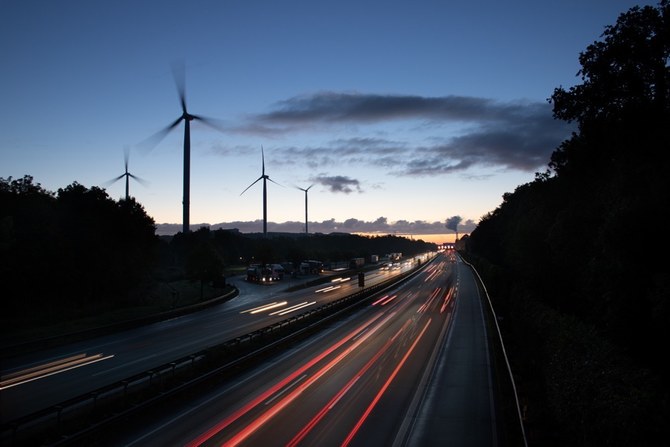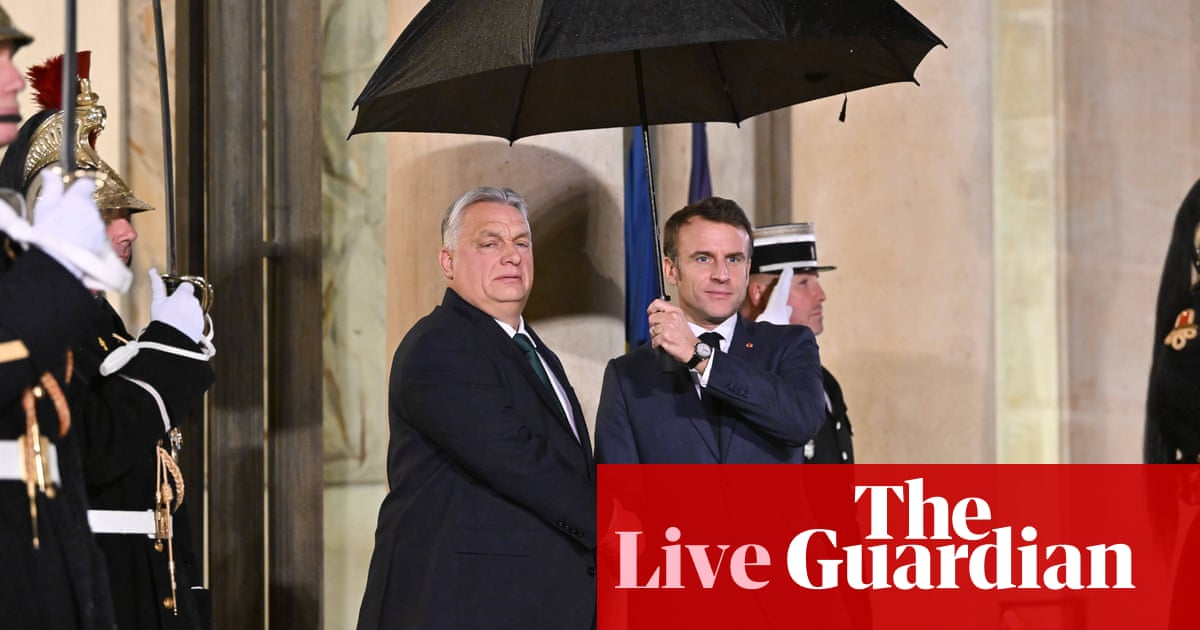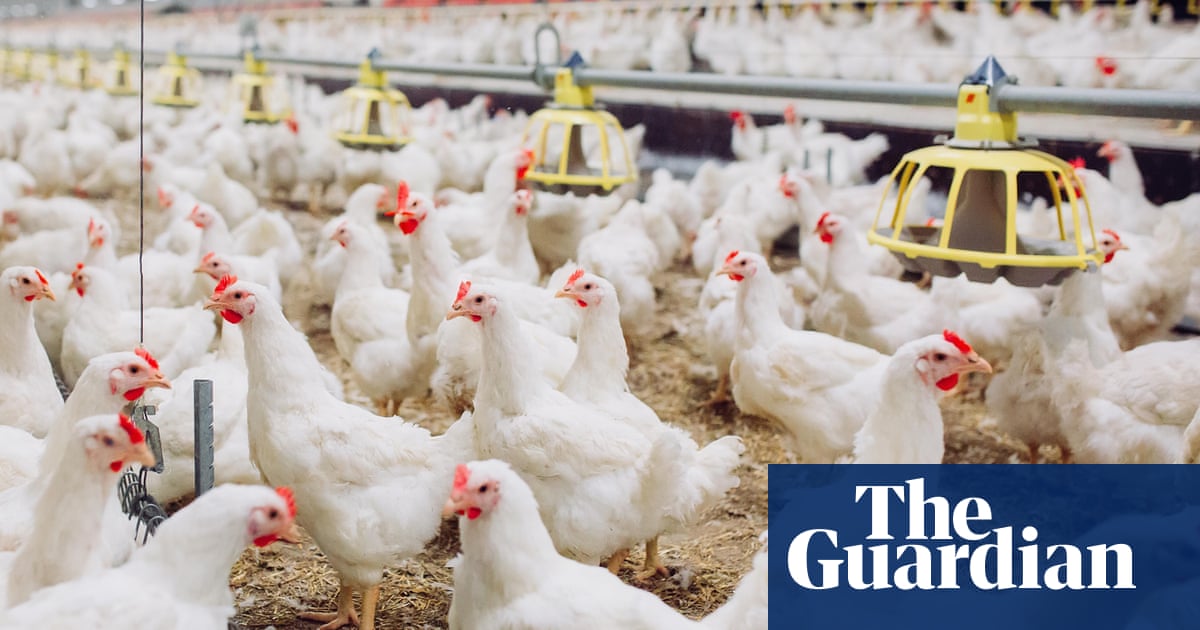
More than half a year on from the passage into law of the US Inflation Reduction Act, it increasingly looks like being a game changer for the nation’s green economy. However, one of the unexpected impacts of the legislation is that it is having just as profound an impact in Europe as in the US.
When the law was passed, the $369 billion program of green subsidies, including tax credits, was warmly welcomed by key European stakeholders, including European Commission President Ursula von der Leyen. But as the measure’s protectionist implications have become clearer, it has sent shockwaves across the continent.
In recent days, Brussels has announced its latest series of measures in response to the Inflation Reduction Act. One example is the new EU Transition Framework for the Net-Zero Economy, announced late last week, which is a bolstered green subsidy regime whereby businesses can potentially get as much European public funding as in the US under the Inflation Reduction Act, under looser rules to try to keep them in the continent.
As well as funding from Brussels, member states may provide the amount of support the beneficiary could receive for an equivalent investment in the US (so-called matching aid). States can also provide funding when there is a real risk of investments being diverted away from Europe. To ensure that the aid will encourage a company to remain in Europe, cross-border investments must involve projects in at least three EU countries. The firms must also use state-of-the-art production technology to reduce harmful emissions.
The framework also prolongs the time horizon for member states to get the aid needed for their transition toward a net-zero economy by targeting investments in renewable energy, decarbonization and hydrogen-powered and/or zero-emission vehicles to try to counter the US law. This includes schemes for accelerating the rollout of renewable energy and energy storage, as well as projects related to the decarbonization of industrial production processes, which member states may now set up until Dec. 31, 2025.
Another key announcement, made this week, related to the EU Critical Raw Materials Act, which marks Europe’s latest effort to reduce and diversify its dependence on external, especially Chinese, raw materials, products and technologies, while boosting recycling. As critical raw materials are considered to be a prerequisite for the success of the green and digital transition, demand is expected to increase drastically, by about 500 percent by 2050, according to the World Bank.
Brussels has announced its latest series of measures in response to the Inflation Reduction Act.
Andrew Hammond
Yet, as the German Institute for Economic Research has highlighted, the EU is currently heavily dependent on importing the raw materials it deems critical. The bloc is 100 percent dependent on foreign suppliers for 14 out of 27 critical raw materials and 95 percent dependent on imports of an additional three.
In her 2022 state of the EU address, Von der Leyen asserted that, without secure and sustainable access to key raw materials, Europe’s ambition of becoming the first climate-neutral continent was likely to go unfulfilled. She also argued that, without sufficient critical raw materials, the bloc would not lead the “digital decade” or develop more robust defense capabilities, a factor that has become even more important since the invasion of Ukraine by Russia.
Von der Leyen further explained that, for many essential raw materials, the global market will not be able to cater for rapidly increasing demand. Moreover, in light of the risk of structural supply shortages as seen in recent years, trade diversification away from markets like China will — while necessary — not fully address the problem.
She highlighted the power of Beijing, with its grip on rare earth elements and permanent magnets, and prices rising by up to 90 percent in the past year alone. Von der Leyen also flagged that the supply of raw materials had become a real geopolitical tool. To prevent potential supply shortages and to boost resilience, the EU aims to “set a benchmark to not be dependent on one single third country for more than 70 percent of imports for any strategic raw material by 2030.”
So, Europe increasingly believes there is a global race for the supply and recycling of critical raw materials, which is why it has developed the Critical Raw Materials Act. Key targets include that 10 percent of the EU’s consumption of strategic raw materials should be mined within the bloc; that 15 percent of its annual consumption of each critical raw material should come from recycling; and that at least 40 percent of its annual consumption of each strategic raw material should be refined within the bloc.
Taken together, as far-reaching as these measures are, they are only the latest phase in Europe’s expanded green economy goals. Such have been the shockwaves as a result of the Inflation Reduction Act that more is to come, with the EU seeking to develop a bigger, bolder framework that provides a global level playing field not only vis-a-vis the US, but also other nations with broad industrial strategies, including China.
• Andrew Hammond is an Associate at LSE IDEAS at the London School of Economics.












